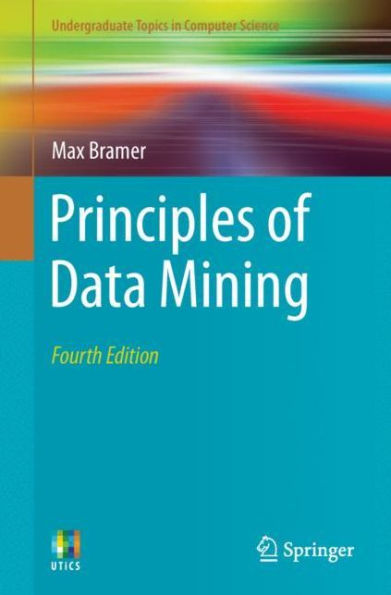5
1
9781447174929



Principles of Data Mining / Edition 4 available in Paperback, eBook

Principles of Data Mining / Edition 4
- ISBN-10:
- 1447174925
- ISBN-13:
- 9781447174929
- Pub. Date:
- 05/21/2020
- Publisher:
- Springer London
- ISBN-10:
- 1447174925
- ISBN-13:
- 9781447174929
- Pub. Date:
- 05/21/2020
- Publisher:
- Springer London

Principles of Data Mining / Edition 4
$49.99
49.99
In Stock

Product Details
| ISBN-13: | 9781447174929 |
|---|---|
| Publisher: | Springer London |
| Publication date: | 05/21/2020 |
| Series: | Undergraduate Topics in Computer Science |
| Edition description: | 4th ed. 2020 |
| Pages: | 571 |
| Product dimensions: | 6.10(w) x 9.25(h) x (d) |
About the Author
From the B&N Reads Blog
